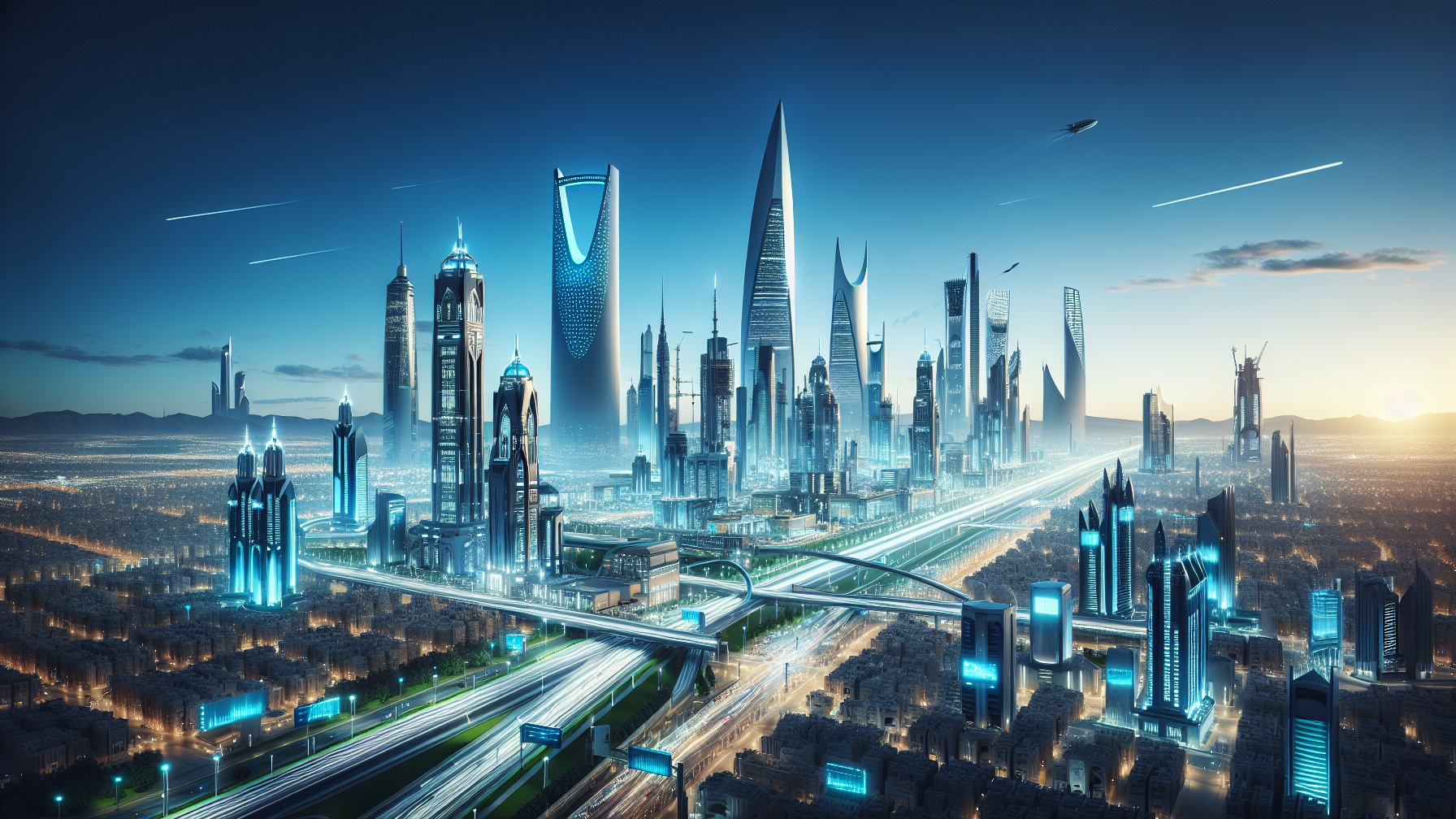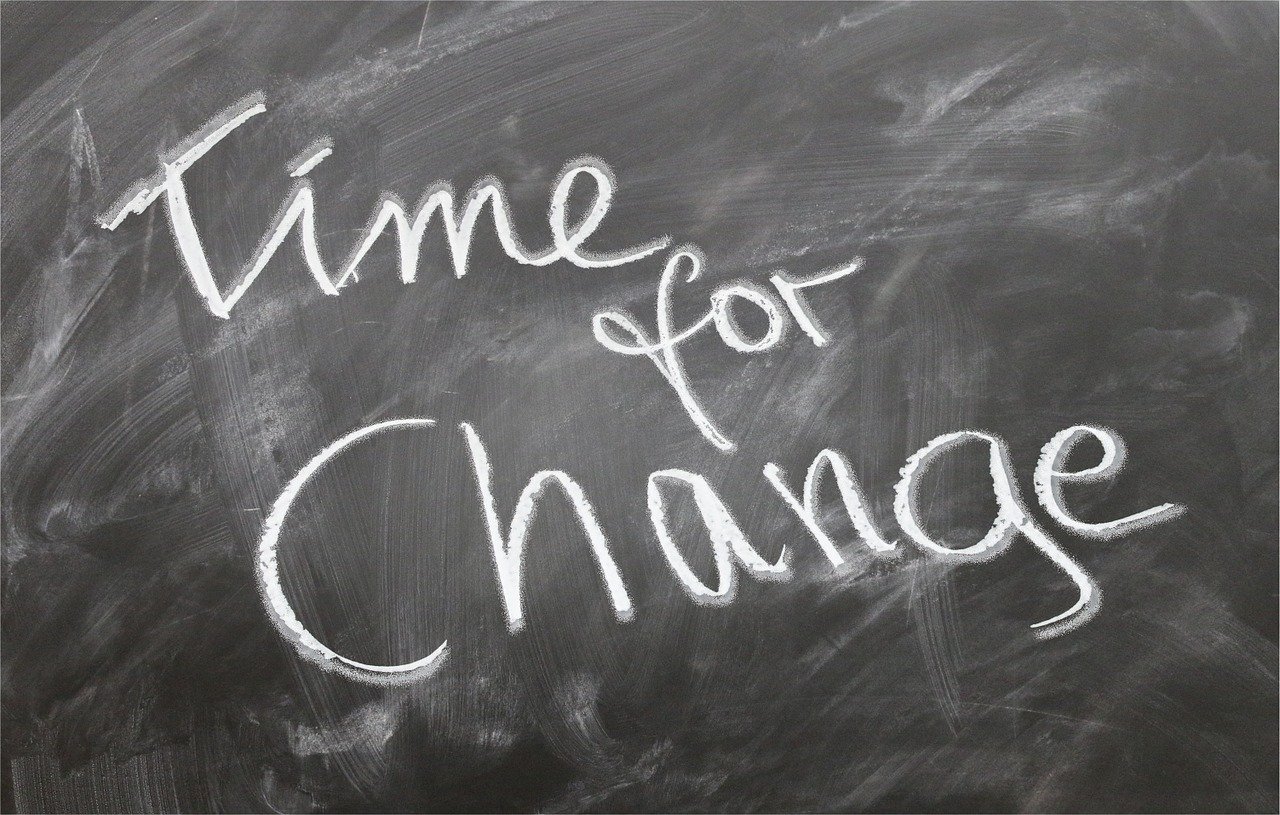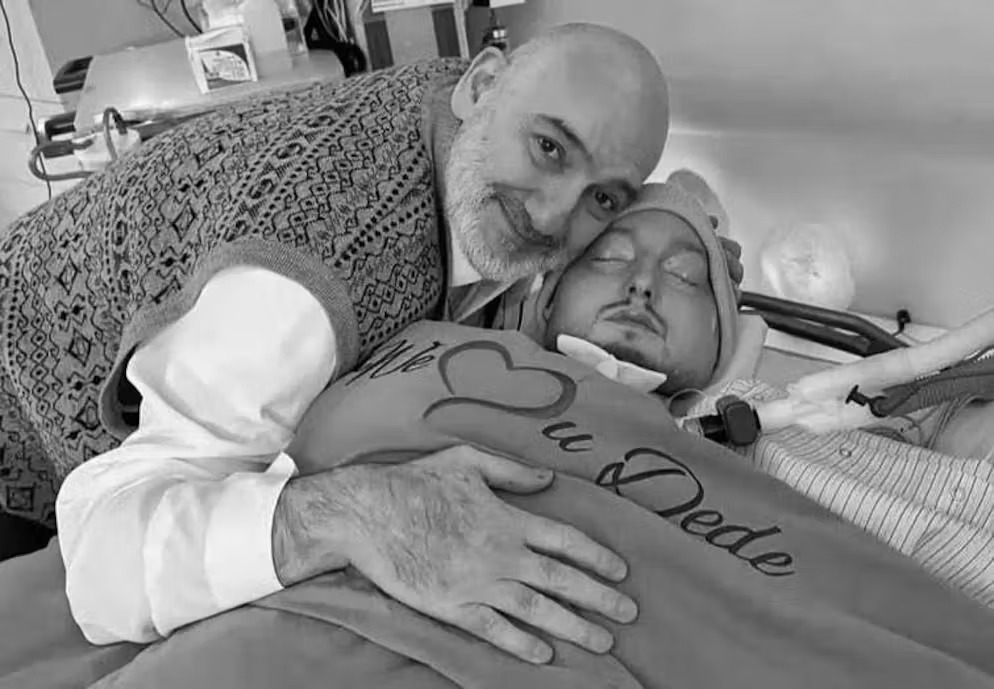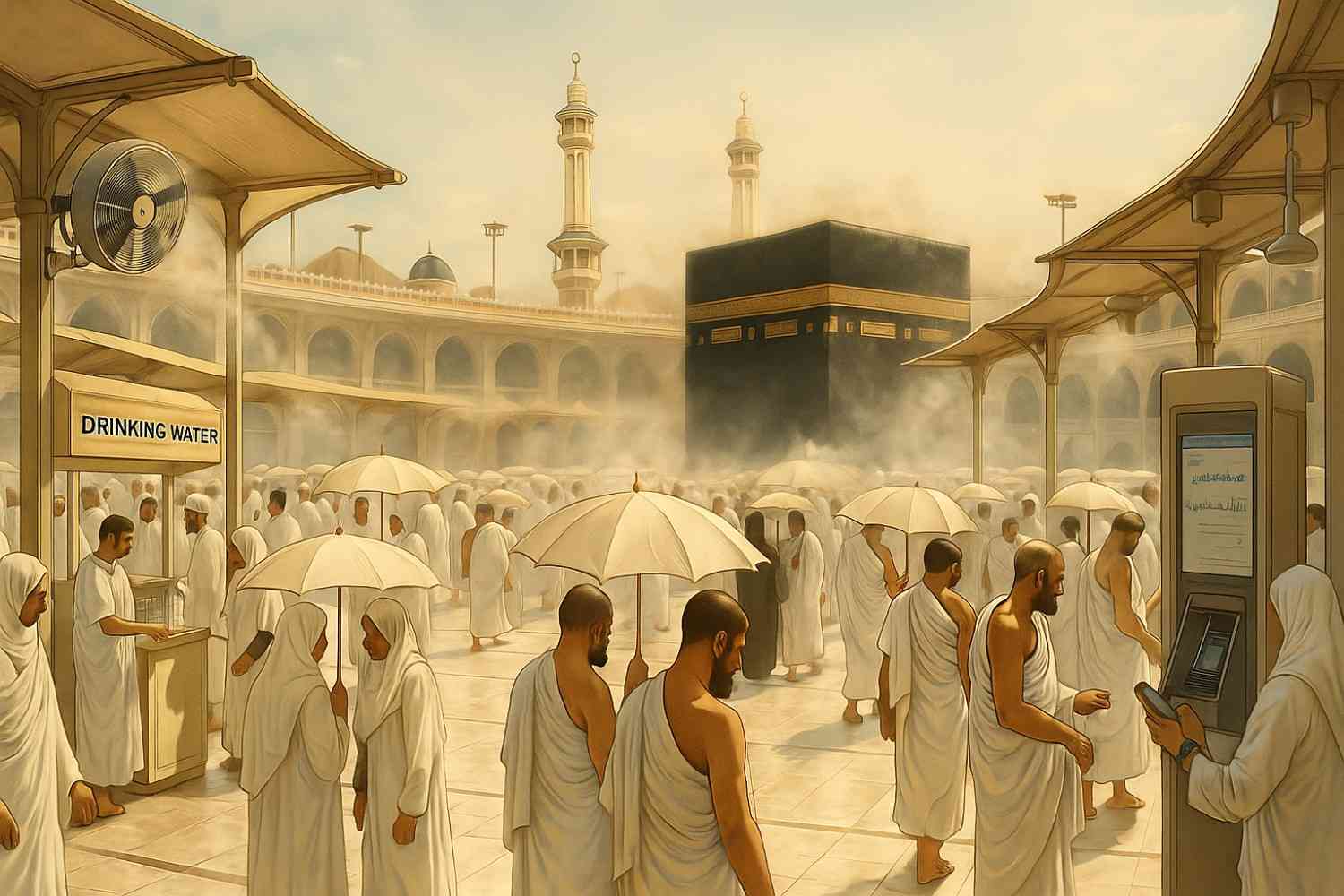Saudi Arabia’s Vision 2030 is reshaping the nation’s economy, society, and global standing. Launched in 2016, this ambitious plan reduces Saudi Arabia’s reliance on oil, diversifies its economy, and improves citizens’ quality of life. In this article, we explore the latest Vision 2030 updates, milestones, and how the Kingdom is progressing toward its goals.
What Is Vision 2030? A Quick Recap
Vision 2030 is Saudi Arabia’s transformative blueprint for the future, launched in 2016 under the leadership of Crown Prince Mohammed bin Salman. It aims to diversify the Kingdom’s economy, reduce its dependence on oil, and elevate the overall quality of life for its citizens and residents. The strategy is anchored in three core pillars:
- A Vibrant Society – Fostering a rich cultural life by promoting arts, heritage, and entertainment. This includes expanding access to sports, building world-class museums and theaters, and encouraging public engagement in community events.
- A Thriving Economy – Empowering small and medium-sized enterprises (SMEs), attracting foreign investments, and creating new job opportunities by developing sectors such as tourism, technology, mining, and renewable energy.
- An Ambitious Nation – Transforming government operations through digital innovation, transparency, and accountability. The goal is to deliver high-quality services, enhance civic engagement, and cultivate a culture of excellence within the public sector.
Since its launch, Saudi Arabia has made significant progress. Below are the most recent updates and achievements under Vision 2030.
Vision 2030 Updates: Key Developments (2023-2024)
1. Economic Diversification & Non-Oil Growth
Saudi Arabia’s non-oil sector now contributes 50% to GDP, signaling real progress in reducing oil reliance. Projects like NEOM and The Line are advancing rapidly, showcasing futuristic urban development. Tourism is booming, with new visa policies helping the Kingdom aim for 100 million annual visitors by 2030.
- Non-oil sector now contributes 50% to GDP – A major milestone in reducing oil dependency.
- NEOM & The Line progress – Construction advances on the $500B futuristic megacity.
- Saudi tourism surges – Over 100 million visitors targeted by 2030, with new e-visa policies.
2. Social Reforms & Quality of Life
Women’s participation in the workforce has nearly doubled since 2016, reaching 36%. The entertainment sector has exploded with events like Riyadh Season and MDL Beast. Healthcare access is improving through new hospitals and cutting-edge digital health initiatives.
- Women’s workforce participation jumps to 36% (up from 19% in 2016).
- Entertainment sector expansion – Riyadh Season, MDL Beast, and gaming investments.
- Improved healthcare access – New hospitals and digital health initiatives.
3. Infrastructure & Sustainability
Saudi Arabia is investing heavily in renewables, targeting 50% clean energy by 2030 under the Saudi Green Initiative. The Red Sea Global project has opened its first luxury resorts, redefining eco-tourism in the region. Qiddiya is rising as a mega entertainment city, poised to become the “Disneyland of the Middle East.”
- Renewable energy projects – Saudi Green Initiative aims for 50% clean energy by 2030.
- Red Sea Global tourism project – First resorts opened in 2023.
- Qiddiya entertainment city – Set to become the “Disneyland of the Middle East.”
Top 5 Achievements of Vision 2030 So Far
Since its launch, Vision 2030 has reshaped Saudi Arabia’s national landscape, touching nearly every aspect of life from governance and economy to culture and sustainability. The progress made in less than a decade reflects a bold commitment to long-term transformation. Below, we highlight some of the standout milestones that illustrate just how far the Kingdom has come. Here are the most impactful successes since 2016:
- Unemployment at record lows – Dropped from 12.9% (2017) to 8.6% (2023).
- Foreign direct investment (FDI) up by 331% since 2017.
- PIF assets exceed $700B – Making it the world’s 5th largest sovereign fund.
- Over 40% of Saudis now exercise weekly (up from 13% in 2015).
- Digital transformation success – 94% of government services now online.
What’s Next for Vision 2030? Upcoming Projects
As Vision 2030 moves into its next phase, Saudi Arabia is set to unveil even more groundbreaking projects that will redefine the Kingdom’s future. These upcoming initiatives focus on innovation, heritage preservation, and expanding the role of the private sector. With several ambitious plans on the horizon, Saudi Arabia is poised to make a lasting global impact. Saudi Arabia continues to push forward with:
- OXAGON – The world’s largest floating industrial city.
- Diriyah Gate – A $50B heritage and tourism hub.
- More IPO privatizations – Expanding private sector involvement.
Challenges & Criticisms
Despite progress, Vision 2030 faces hurdles:
- High project costs and execution risks (e.g., NEOM’s scale).
- Balancing rapid modernization with cultural values.
- Global economic uncertainties affecting investment.
Conclusion: Is Vision 2030 on Track?
With Vision 2030 updates showing strong economic diversification, social reforms, and mega-project advancements, Saudi Arabia is making steady progress. While challenges remain, the Kingdom’s commitment to transformation is clear. As we approach 2030, expect even more recent updates and achievements to emerge.
Want to stay updated? Bookmark this page for future Vision 2030 developments. Stay ahead of the curve with Know Saudi, your trusted source for the latest updates on the Kingdom’s visionary projects and future developments.




